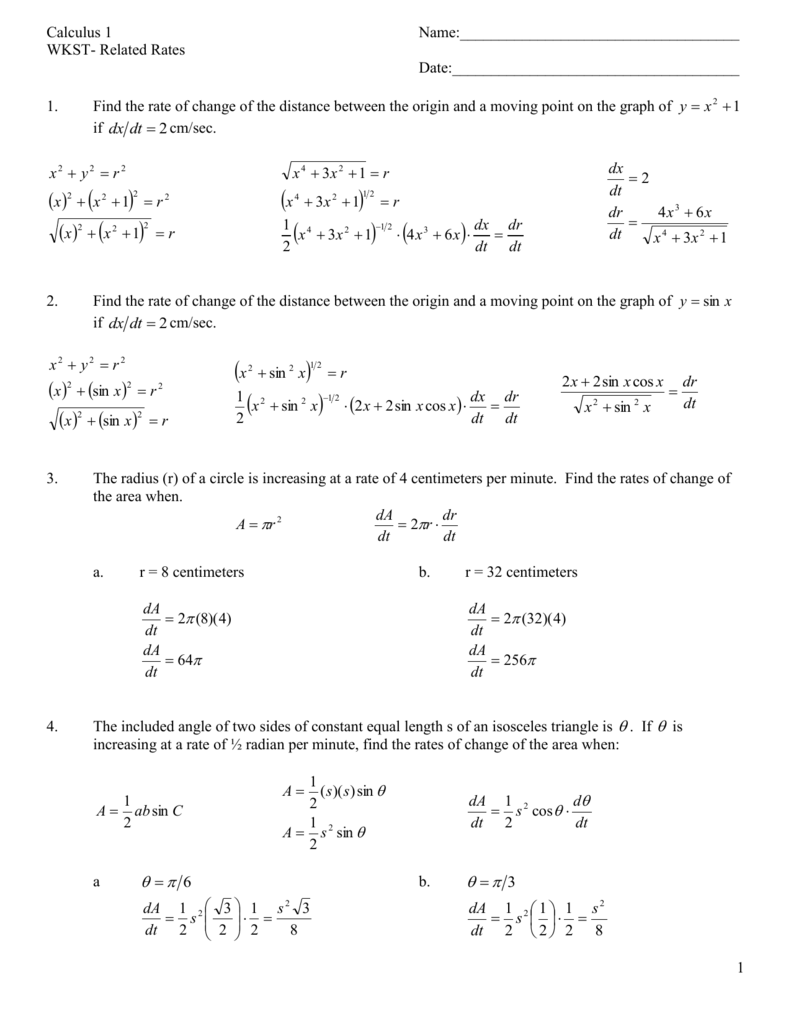

The failures thwart too many potentially promising scientists and engineers, according to Pamela Burdman, co-author of a new statewide report, which urges reforms in teaching of college calculus. As EdSource reported, CSU has focused on reducing failure rates in required courses enrolling large numbers of students systemwide. That’s why Calculus 1 is a hurdle for the CSU initiative seeking to improve statewide graduation rates and shorten time to degrees. Since Calculus 1 is among the courses with the highest rates of failure/withdrawal across the CSU, these efforts can have significant consequences, both for students and the entire CSU system.įailure can mean extra semesters to graduate if frustrated students then switch their majors out of science or engineering. The aim is for students to “discover things rather than being told things,” Melendez explained. They have added extra review hours for students and are coordinating material and tests. Trying to break that pattern, Cal State Los Angeles faculty have changed textbooks and teaching methods, emphasizing “active learning” and class camaraderie over lectures. At 10 of those campuses, including Los Angeles, the DFW rates have been 30% or higher in Calculus 1. Administrators consider “DFW” rates of 20% or higher a matter of great concern. But big challenges remain in teaching calculus - the branch of math that studies rates of change.Īt 21 of the CSU’s 23 campuses, at least 20% of students on average in Calculus 1 received D or F grades or withdrew over the past three years, according to an EdSource analysis of data from the schools. The Los Angeles campus and some others are seeing some success with that new teaching approach. With active student participation rather than just lectures, Melendez and other Cal State LA calculus professors are trying to get more students to pass Calculus 1 and qualify for majors in the so-called STEM areas of science, technology, engineering and math. The course is usually required for anyone pursuing careers in science, engineering and medicine, but it has one of the highest rates of failure and withdrawal across California State University campuses statewide. The calculation was part of an important lesson in Calculus 1, which itself is extremely important to many students. From a projection screen, students studied a graphic showing the curve of the accelerating and slowing pace supposedly set by an aerobics trainer.

in a Salazar Hall classroom, Cal State Los Angeles instructor Jennica Melendez was leading her Calculus 1 class through a lively group discussion about the virtual distance a stationary bicycle rider would cover while changing speed over an hour’s workout.
#CALCULUS 1 FULL#
Full Circle: California Schools Work To Transform Discipline.Tainted Taps: Lead puts California Students at Risk.Education during Covid: California families struggle to learn.College And Covid: Freshman Year Disrupted.Adjuncts’ gig economy at CA community colleges.California’s Community Colleges: At a Crossroads.


 0 kommentar(er)
0 kommentar(er)
